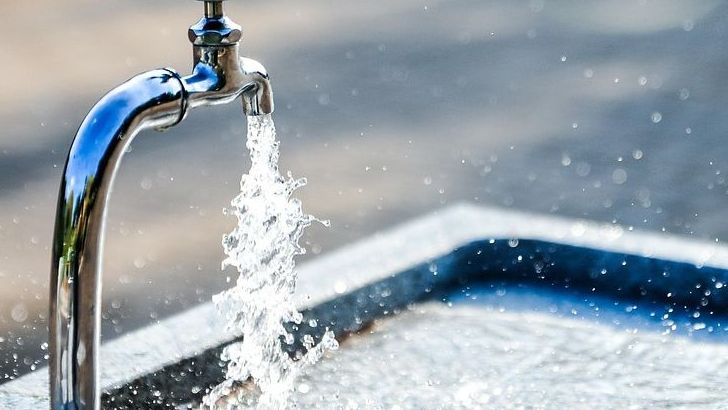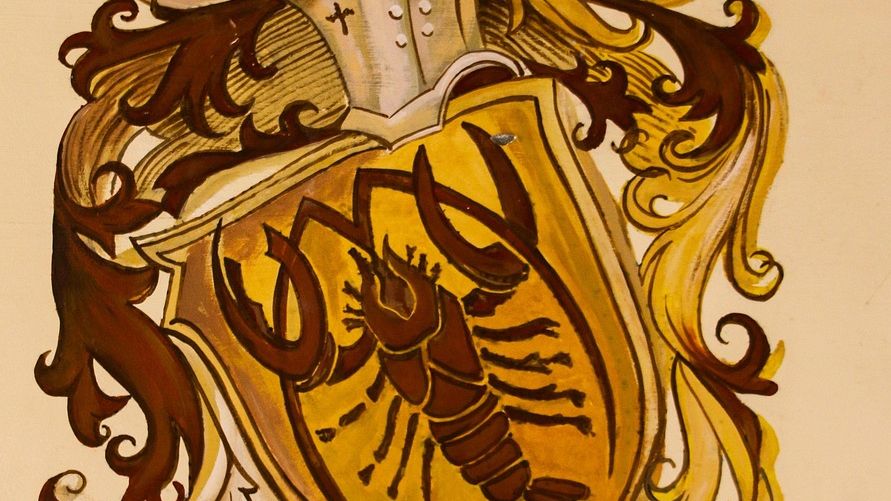Using Chemical Drain Cleaners as Your Go-To Fix
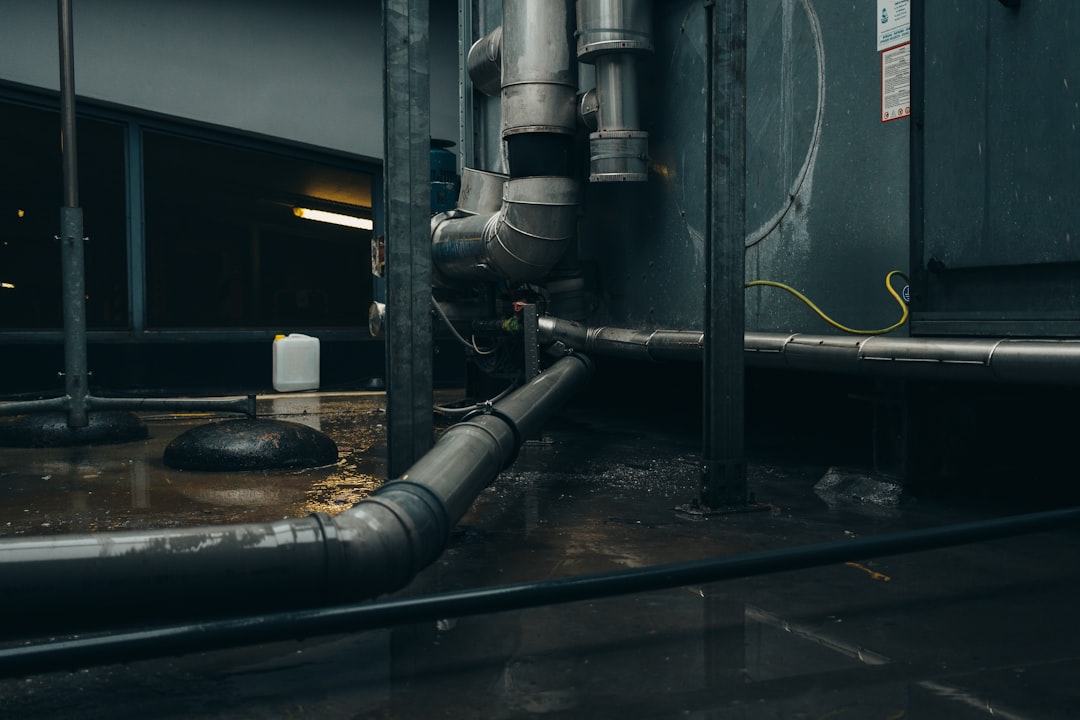
Here’s something that might make you pause next time you reach for that bottle of Drano. Chemical drain cleaners cause thousands of injuries every year in America, with many involving severe skin burns from sulfuric acid that require painful skin grafting. Yet millions of households still grab these bottles every time they face a slow drain, thinking they’re solving the problem quickly and cheaply.
The harsh reality is that these cleaners contain powerful chemicals like sodium hydroxide or sulfuric acid that generate heat and movement to dissolve clogs, but these same reactions damage your pipe materials – especially PVC pipes, which can soften or warp from high chemical concentrations. Think about it this way: if these chemicals can dissolve hair and grease so aggressively, what do you think they’re doing to the inside of your pipes?
Repeated use of commercial drain cleaners can damage PVC and other pipe materials, with using them every two to three months being particularly harmful. The scary part is these chemicals don’t just wash away – leftover residue stays in your pipes and continues causing damage long after your clog is gone. If drain cleaner becomes your go-to solution, you’re using it repeatedly over time and the negative effects accumulate, potentially dissolving the glue that holds PVC pipes together.
Pouring Grease and Cooking Oil Down the Kitchen Drain
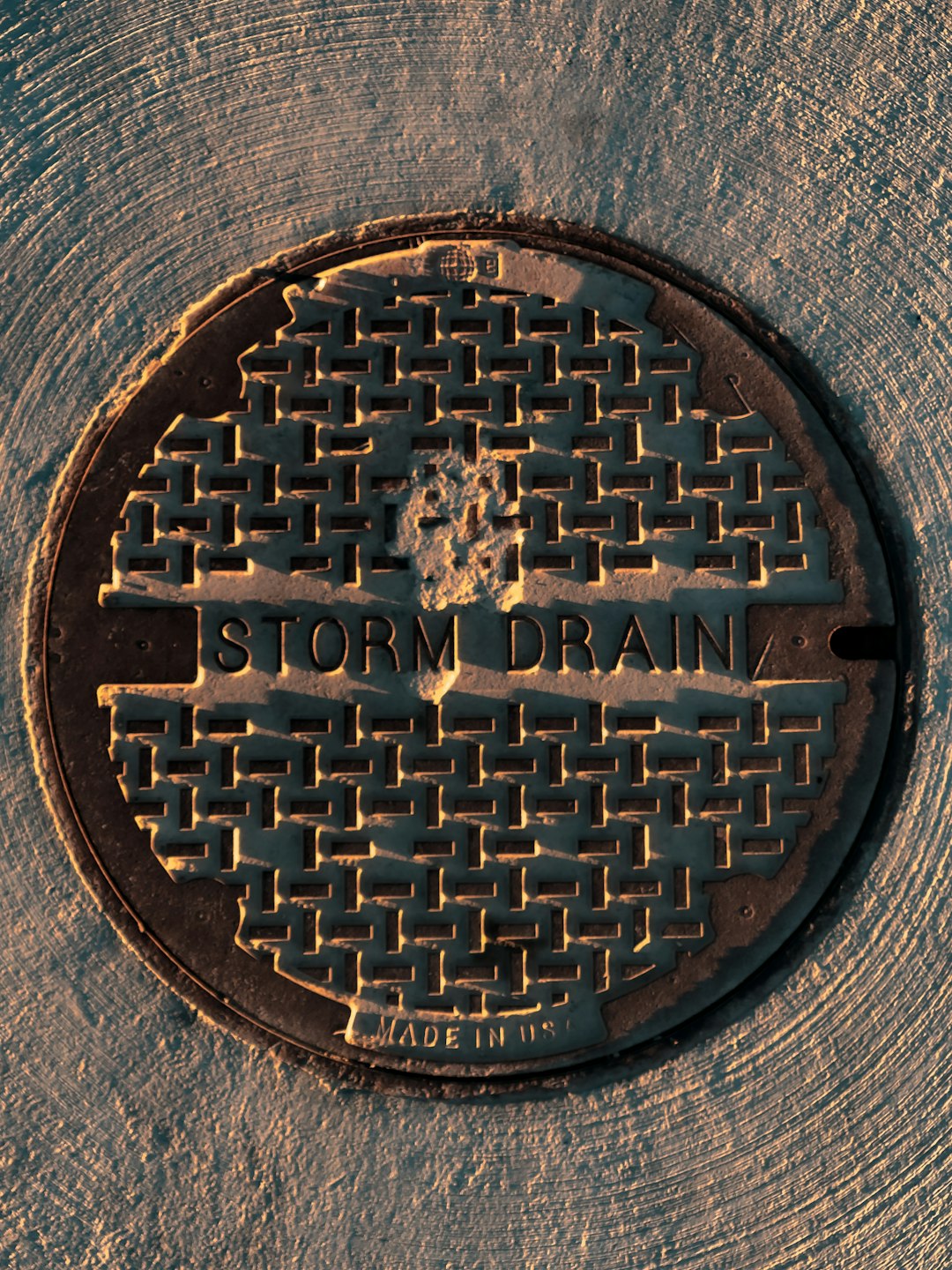
You’ve just finished cooking bacon, and there’s hot grease sitting in the pan. It looks harmless enough – after all, it’s liquid, right? Wrong. Municipalities spend millions of dollars annually addressing grease-related issues in wastewater systems, while homeowners face costs ranging from $150 to $450 per visit to resolve grease-induced clogs. That seemingly innocent pour down the drain can turn into a financial nightmare.
Grease creates clogs by building up layer upon layer inside pipes until water cannot pass through easily anymore, with greases that are solid at room temperature but liquid when cooking being particularly problematic because they solidify on pipe walls while still in your plumbing. It’s like plaque building up in your arteries, but instead of causing a heart attack, it causes your pipes to fail.
What makes this habit even worse is how sneaky grease damage can be. Grease clings to pipe walls and collects floating debris, preventing waste and water from flowing freely, while solidified grease puts pressure on pipe walls that can lead to leaks and cracks. Preventive measures and routine maintenance can save homeowners significantly more than emergency repairs in potential repair and replacement costs, yet most people continue this destructive habit simply because the damage isn’t immediately visible.
Ignoring Small Leaks and Warning Signs
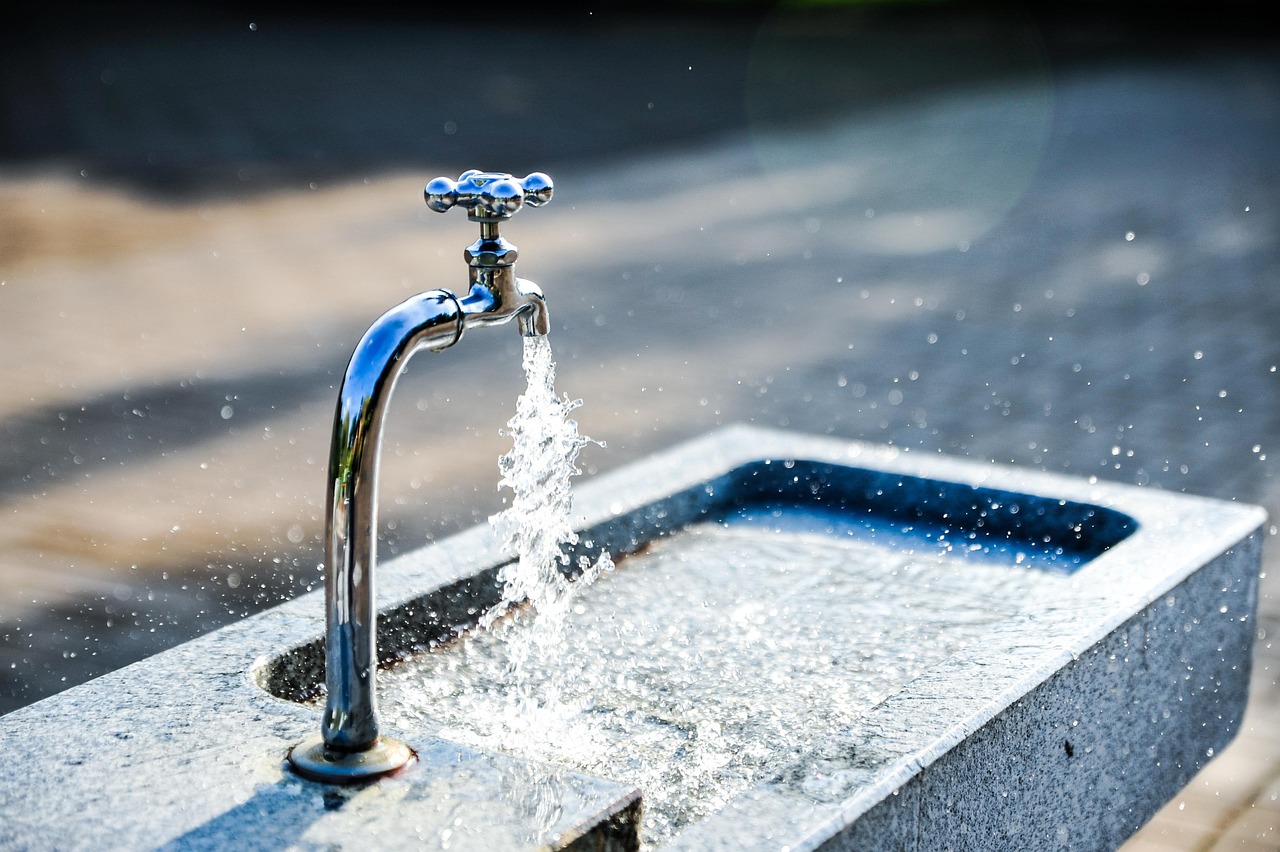
That tiny drip from your faucet might seem insignificant, but it’s actually your plumbing system screaming for attention. A small drip can quickly turn into a significant leak requiring major repair, and the sooner you fix it, the lower your risk of sustaining extensive damage to your plumbing and property. Most homeowners think “I’ll deal with it tomorrow” or “it’s just a few drops,” but this procrastination can cost thousands.
The problem extends beyond just visible leaks. Warning signs like steady drips from shower heads, weird noises from within walls when water turns on, or hot water not lasting as long are all indicators that your plumbing system needs investigation. Neglecting regular maintenance increases the risk of pipe damage as pipes can develop leaks, rust, and corrosion over time, gradually weakening their integrity and eventually leading to failure.
Here’s what really drives the point home: The sooner you repair plumbing issues, the more money you’ll save, as leaks can cause flooding or water damage leading to rot, mold, and thousands of dollars in repairs. Professional plumbers consistently report that most emergency calls could have been prevented if homeowners had addressed early warning signs. Issues like dripping usually indicate worn gaskets or incorrect water pressure, and addressing small problems today guarantees avoiding big problems tomorrow.
The Real Cost of These “Harmless” Habits
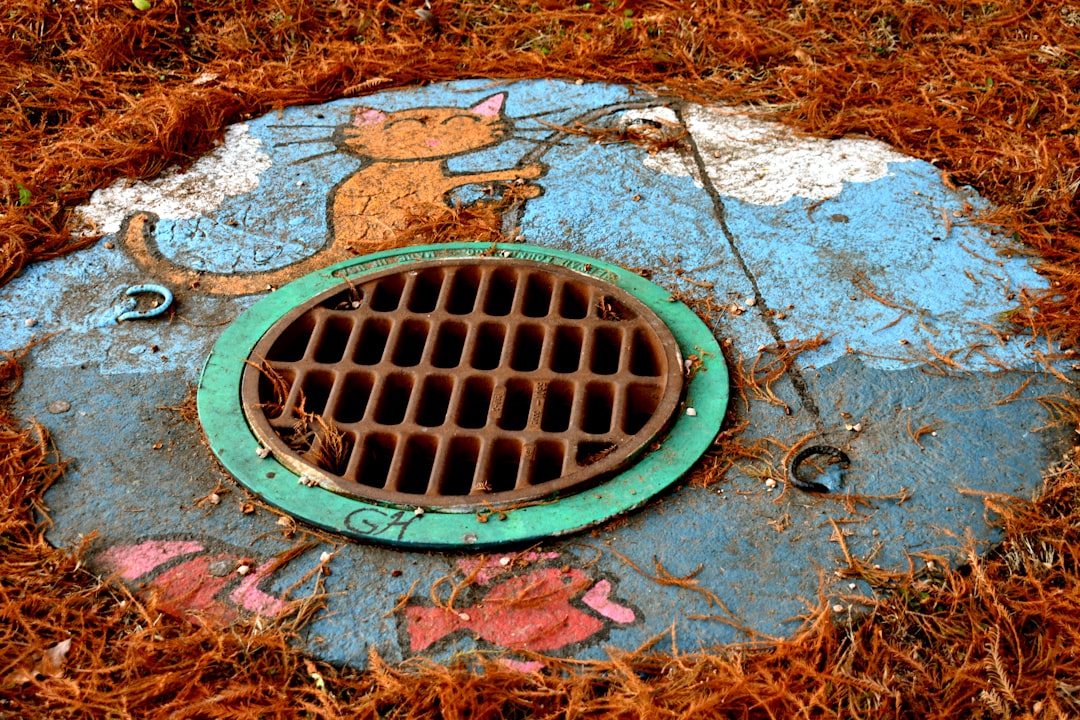
When these habits finally catch up with you, the financial impact can be devastating. The cost to clear a clogged drain typically ranges from $100 to $600 depending on location, severity, and labor requirements. But that’s just the beginning – if these habits cause serious pipe damage, sink drain pipe replacement projects typically cost between $250 and $1,250, with major drain pipe system replacement potentially costing up to $20,000.
The health risks add another layer of concern. Commercial drain cleaners contain corrosive chemicals like sulfuric acid or sodium hydroxide that can cause severe burns and eye damage upon contact, with inhalation of fumes leading to respiratory irritation and discomfort. Meanwhile, grease clogs don’t just affect your immediate plumbing – they contribute to broader environmental and infrastructure problems that ultimately affect entire communities.
What makes these statistics even more sobering is how preventable most of this damage is. High water pressure acts like high blood pressure for your plumbing system – a silent threat that can cause pipes to fail unexpectedly, but a simple pressure gauge can tell you if your water pressure is within the safe range of 40-60 psi. Simple prevention beats expensive repairs every single time.
The truth is, your pipes are tougher than you might think, but they’re not invincible. These three habits – reaching for chemical cleaners, pouring grease down drains, and ignoring warning signs – are like slowly poisoning your plumbing system. The damage builds up quietly until one day you’re facing a plumbing emergency that could have been prevented. Your future self (and your wallet) will thank you for breaking these habits now, before they break your pipes.

